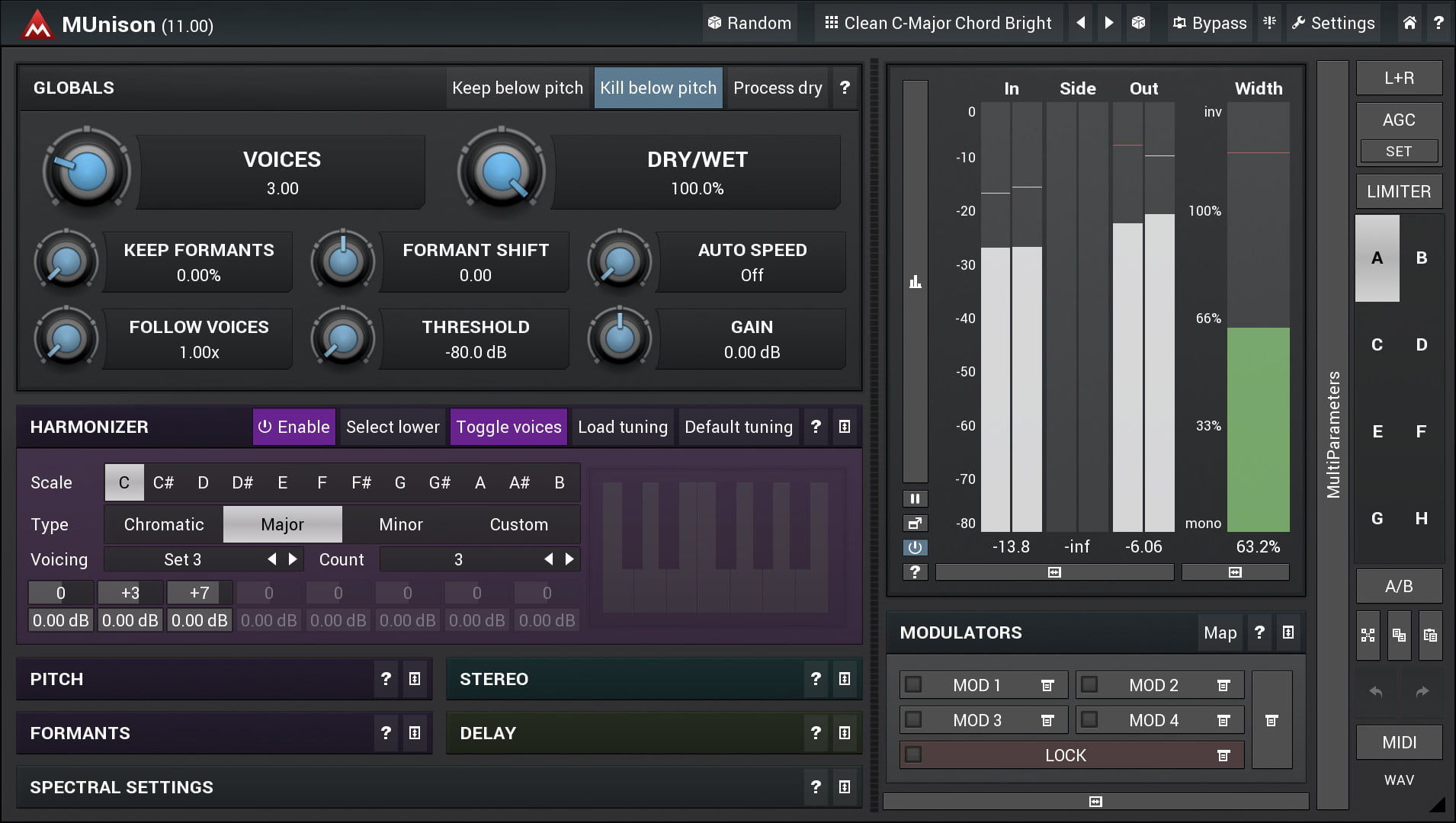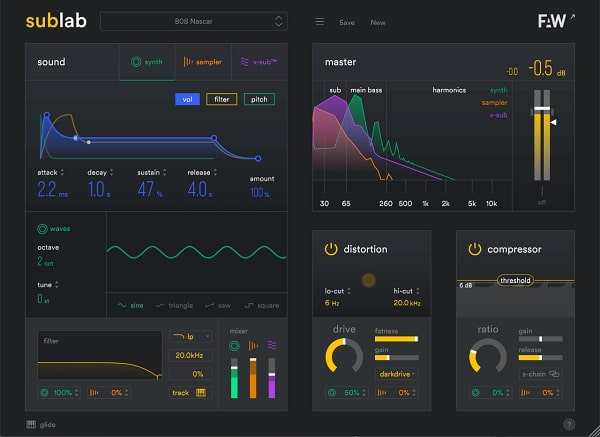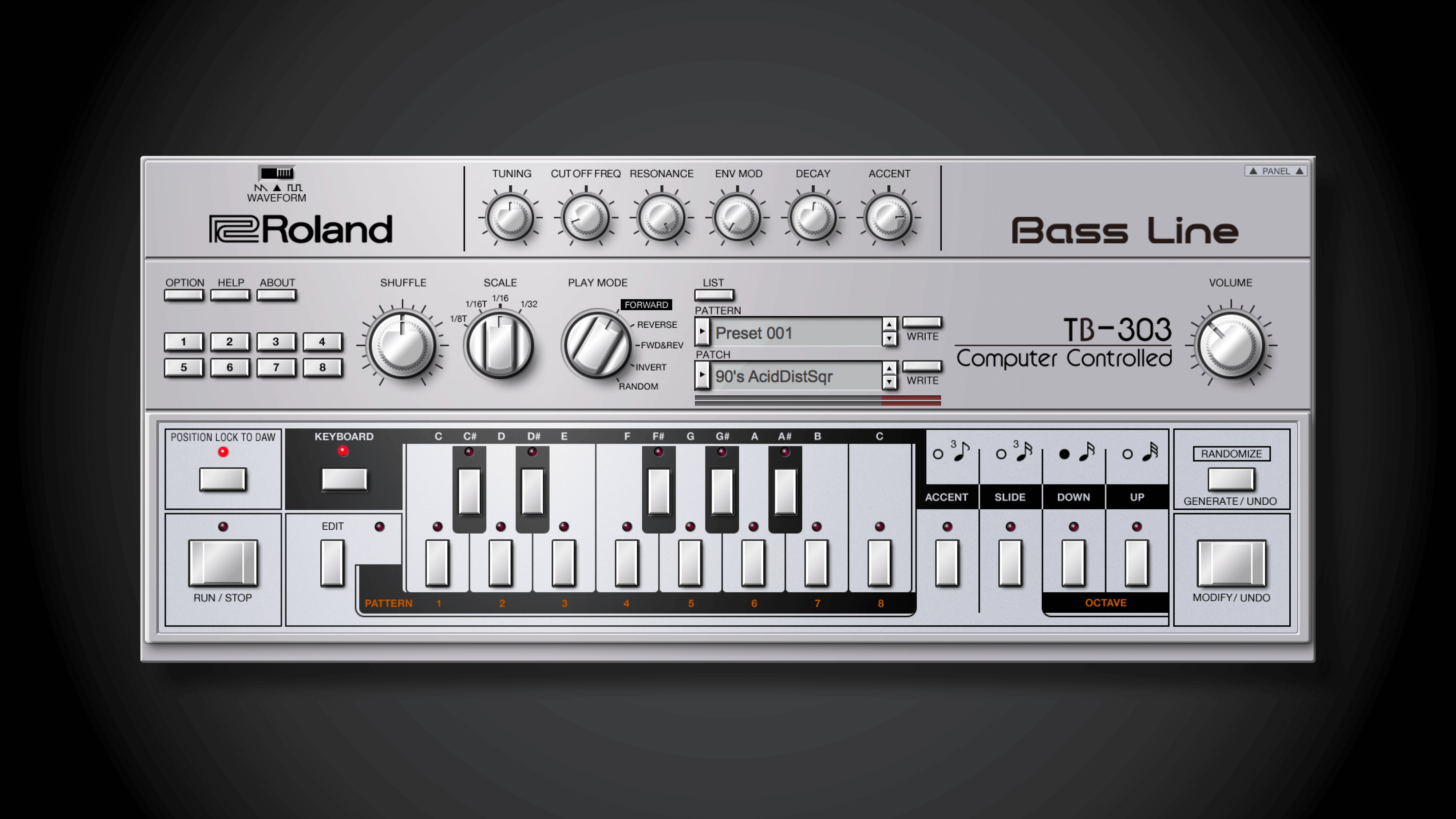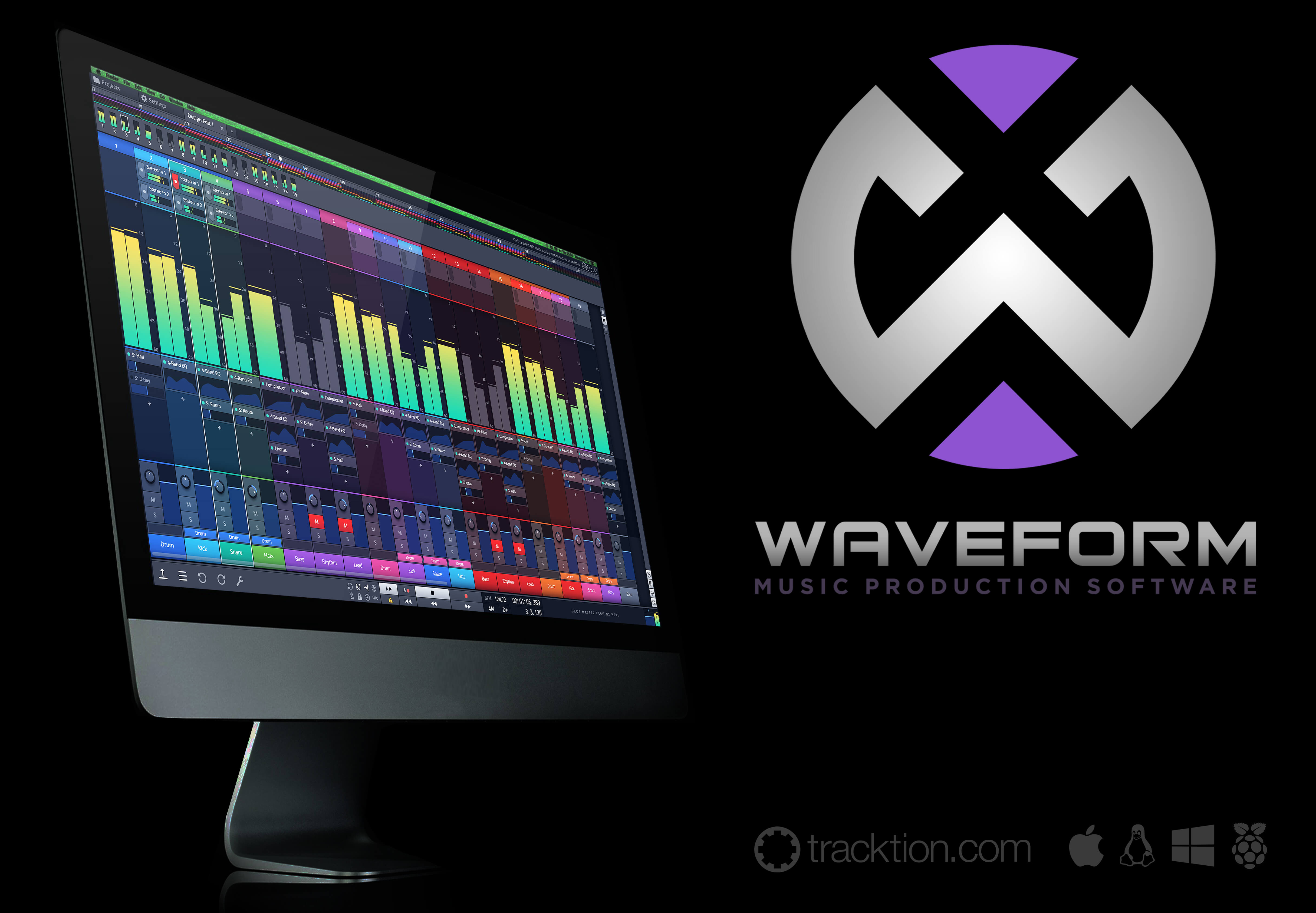
Now, most readers may know that you can customize your tone with basic equipment merely by altering mic use, such as which mics and how they blend.


From there you select the amp and cab (and effects) via drop-down menus. There are a few nice features of Ampire, including its ease of DAW use – simply drag and drop the VST icon into a track’s FX bin and you’re ready to go. Also note that you can upload third-party amps and cabs into Ampire, making it a general VST platform. Therefore, I didn’t experiment too much with the other offerings, with the exception of tossing in a few different examples when demoing the Marshall JCM800. Now, although Ampire does come with over a dozen cabinets, I found that the matched cab (e.g., MESA cab with the MESA amp) sounded the best, and this was true (to my ears) with the other amps. The tones do sound full and broadband, and you can tell that you’re playing a Dual Rectifier or Blackface (two of my favorites in the collection), with the Fender chiming out wonderfully, and the MESA offering several vintage and modern voicings (both with spongy and bold options) that are must-haves. Overall, PreSonus did a very decent job at replicating the sounds, although not entirely spot-on when it comes to playing dynamics or sensitivity (although few modeling technologies capture this 100%), but it’s certainly approaching that domain. The program also includes popular effects that mimic the RAT, Tube Screamer, MP90 Phaser, Big Muff Fuzz, along with a delay, reverb, modulations, etc., all of which sound very good, with notable thumbs up for the FAT and Tube Dreamer! In effect, you get a solid collection of gear, as demonstrated in the accompany video: These tones were replicated with PreSonus’ State Space Modeling, which the company describes as: “surgical measuring and re-creation of analog hardware on the component level, with each capacitor, resister, diode and circuitry element of the complete hardware schematic has their behavior measured, modeled and re-created, including component-specific non-linearities.” The cabinets range from 1x12 to 8x10, and several between, with impulses created on the models of MESA, Fender, Marshall, Ampeg and some boutique builders.


These include the AC30, JCM800, MESA/Boogie Dual Rectifier, Fender Blackface Twin and the STV Bass. The basic program (with add-ons available separately, see demo at end of review) provides five key amplifiers, four of which are for guitar and one for bass. Ampire is a VST plug-in developed by PreSonus.


 0 kommentar(er)
0 kommentar(er)
